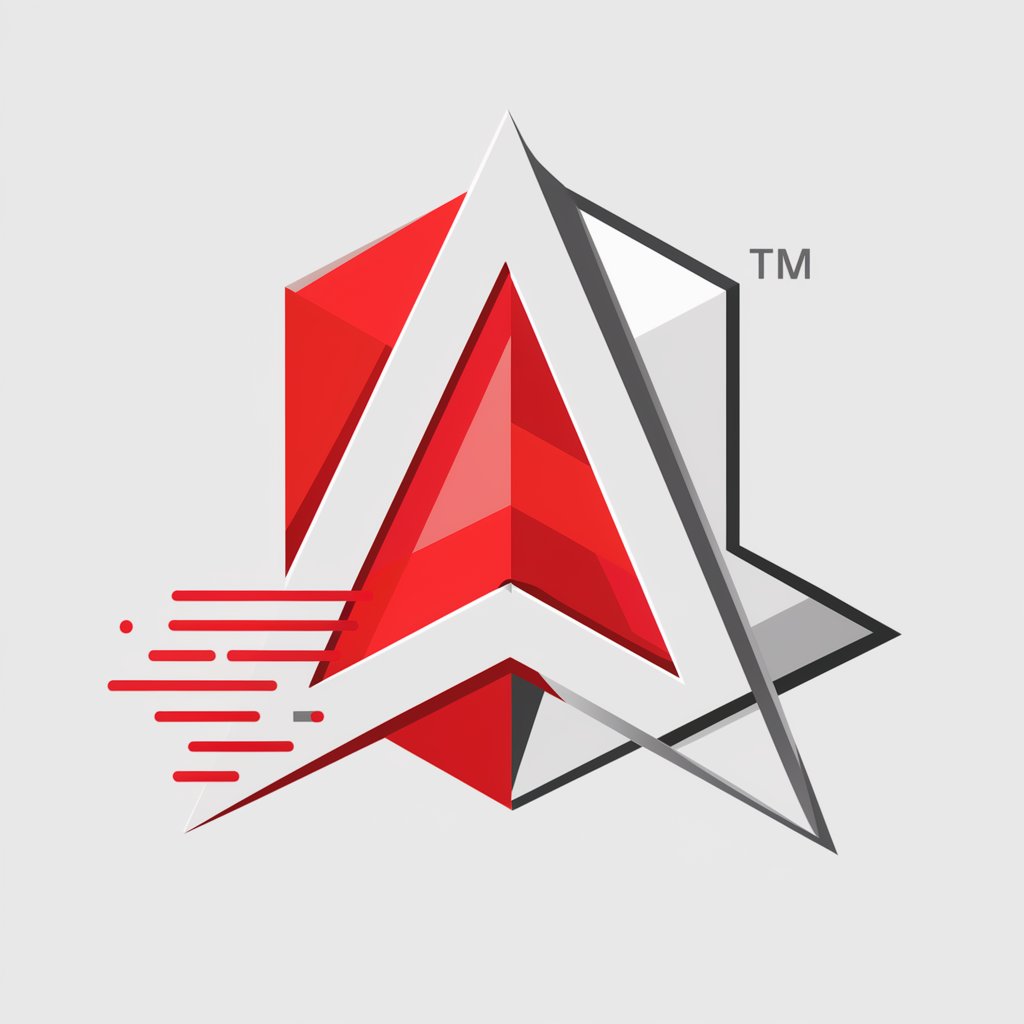Angular - Angular Framework Guide

Hello! Ready to elevate your Angular projects?
Build dynamic, efficient web applications.
Design a user interface component in Angular...
Implement a TypeScript function that...
Create a Docker configuration for...
Develop a clean and maintainable service in Angular...
Get Embed Code
Introduction to Angular
Angular is a platform and framework for building single-page client applications using HTML and TypeScript. Angular is written in TypeScript itself, and it implements core and optional functionality as a set of TypeScript libraries that you import into your applications. The design purpose of Angular is to facilitate the development of web applications by providing a structured framework that encourages the use of best practices in coding, component-based architecture, and development processes. Angular achieves this through features like two-way data binding, dependency injection, modular development, and the use of decorators to enhance functionality. For example, a developer can use Angular to create a dynamic web application that communicates with a server backend, fetching and displaying data interactively without requiring page reloads. This is achieved by defining components that represent parts of the user interface, services for logic and data access, and utilizing Angular's powerful templating and data-binding features to automatically update the UI based on changes in the application's state. Powered by ChatGPT-4o。

Main Functions of Angular
Two-Way Data Binding
Example
Implementing a form where input fields are automatically updated in the application's model, and vice versa.
Scenario
In a customer feedback form, as the user types their feedback, the application's model updates in real-time. This immediate reflection helps in creating highly interactive and responsive user interfaces.
Dependency Injection
Example
Automatically providing components with the instances of classes they depend on, rather than having them construct those instances directly.
Scenario
In an e-commerce application, a product listing component depends on a service to fetch product data from an API. Angular's dependency injection system provides this service to the component, simplifying the process of data fetching and sharing across components.
Modular Development
Example
Organizing application code into reusable modules that encapsulate functionality.
Scenario
A large enterprise application is divided into modules such as authentication, user management, and product management. Each module can be developed, tested, and maintained independently, improving code manageability and reuse.
Directives
Example
Enhancing HTML templates with additional behavior, such as conditionally displaying content or repeating a template for each item in a list.
Scenario
In a task tracking application, a directive is used to repeat a task component for each task in a list, and another directive is used to show or hide tasks based on their completion status.
Ideal Users of Angular Services
Web Developers
Developers who build complex, high-performance web applications benefit from Angular's comprehensive framework, which offers a scalable architecture, tools for automatic code splitting, and extensive libraries for common web development tasks.
Enterprise Teams
Large teams working on enterprise-level applications find Angular's modular architecture and component-based design conducive to a development process that involves multiple teams. Angular's support for scalable project structures and team collaboration features makes it ideal for such environments.
Single Page Application (SPA) Developers
Developers focused on creating SPAs benefit from Angular's efficient update and rendering system, which allows for creating highly interactive and dynamic user experiences without full page reloads.

Using Angular: A Quick Guide
Install Node.js and npm
Angular requires Node.js for its runtime environment and npm to manage packages. Ensure you have the latest version of Node.js and npm installed on your computer.
Install Angular CLI
Use npm to install the Angular Command Line Interface (CLI) globally on your system. This tool is essential for creating, managing, and deploying Angular applications.
Create a new project
With Angular CLI installed, create a new Angular project by running 'ng new project-name' in your command line. This sets up the initial project structure and dependencies.
Develop your application
Use Angular's component-based architecture to develop your application. Utilize Angular Material for UI components to ensure a responsive and accessible design.
Serve and test
Run 'ng serve' to build and serve your application on a local development server. Visit 'http://localhost:4200' to view your application. Use 'ng test' for unit testing.
Try other advanced and practical GPTs
Marketing Dominator
Elevate Your Marketing with AI Intelligence

HasanGPT
Ignite the Debate with AI-Powered Commentary

June
Unveiling June's Rich Tapestry with AI

AI Data Analysis Guru
Unveiling Insights with AI Power

Showers
Elevate Your Shower Experience with AI

Knock-Knock Jokester
Bringing laughter with AI-powered knock-knock jokes.

Dream Weaver
Unravel Your Dreams with AI

I am Groot
Turn photos into Groot with AI

Banking Regulation
Navigating Banking Regulations with AI

Trivia Millionaire Quest
Elevate your trivia game with AI

!AI Juris Consultant!
Empowering legal decisions with AI-driven insights.

PokePal
Discover Your Pokémon Companion

Angular FAQs
What is Angular?
Angular is a platform and framework for building single-page client applications using HTML and TypeScript. It provides developers with tools and design patterns to build large-scale, high-performance web applications.
How does Angular handle data binding?
Angular supports two-way data binding through its [(ngModel)] syntax, allowing automatic synchronization between the model and the view.
Can Angular applications be server-side rendered?
Yes, using Angular Universal, applications can be rendered on the server, improving performance and SEO by quickly displaying a static version of the application.
What are Angular modules?
Angular modules (NgModule) help organize an application into cohesive blocks of functionality. Each module is a container for a set of components, services, directives, and pipes.
How does Angular ensure security?
Angular provides built-in protection against common web-app vulnerabilities such as cross-site scripting (XSS). It automatically sanitizes values to be displayed in the DOM.
